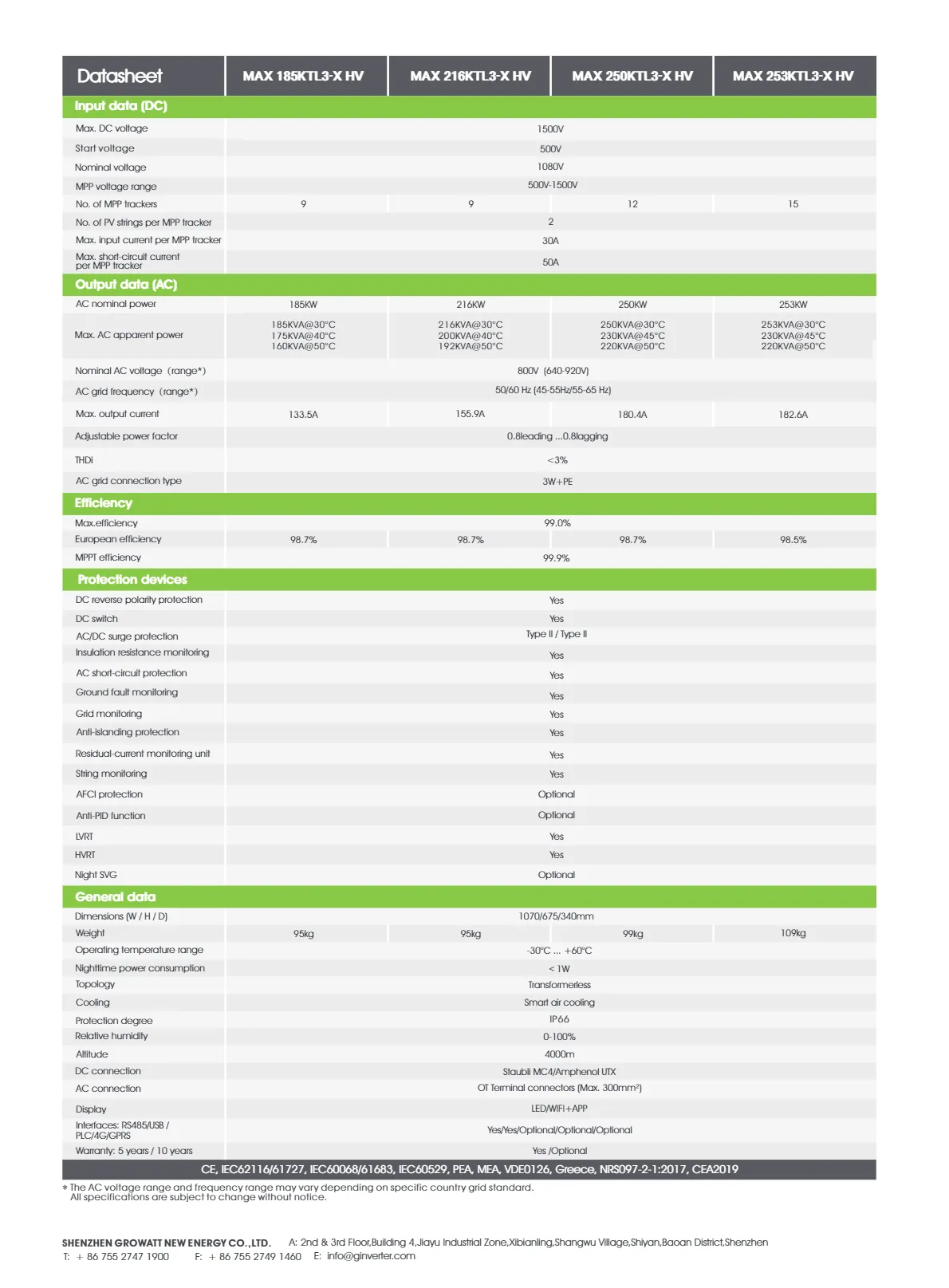Average Dimensions and Capacity of Solar Panel Systems for Efficient Energy Generation
Understanding the Average Size of Solar Panel Systems
As the world increasingly turns toward renewable energy sources, solar power has emerged as a leading option for both individual households and large-scale energy production. The size of solar panel systems can vary significantly based on various factors, including energy needs, available space, and budget constraints. In this article, we will explore the average size of solar panel systems, their components, and the factors influencing their scale.
On average, a residential solar panel system ranges from 5 to 10 kilowatts (kW). This size typically includes around 15 to 30 solar panels, depending on the wattage per panel. Standard solar panels today are generally rated between 250 to 400 watts each. Therefore, a 5 kW system could consist of approximately 20 panels rated at 250 watts each, while a 10 kW system might comprise 25 panels rated at 400 watts. It's essential to note that the actual capacity needed for a home often depends on the household's electricity consumption, which can vary widely based on the number of occupants and lifestyle habits.
For commercial applications, the average size of solar panels systems tends to be much larger. Businesses often require systems ranging from 10 kW to several megawatts (MW), especially in energy-intensive industries. A commercial solar installation might include hundreds or even thousands of solar panels, depending on the energy needs and the size of the facility. Larger systems can also benefit from economies of scale, leading to lower per-watt costs.
average size of solar panel system

Several factors influence the size of a solar panel system. Firstly, geographic location plays a crucial role. Areas with higher solar insolation (the amount of solar radiation received) can generate more energy with fewer panels compared to regions with less sunlight. Secondly, the installation’s orientation and tilt can enhance productivity, affecting the number of panels required to meet energy goals.
Another important consideration is local regulations and incentives. Some regions offer tax credits, rebates, or grants that can impact the overall cost-effectiveness of larger systems. Additionally, building codes and zoning laws can limit the size of installations, prompting potential users to choose systems that fit within legal boundaries.
Lastly, financial considerations are paramount. Homeowners and businesses need to analyze their budgets to determine how much they can invest in solar technology. While larger systems typically offer more savings over time, initial installation costs can be a barrier. However, financing options such as solar loans or leasing can make larger installations feasible for those with budget constraints.
In conclusion, the average size of solar panel systems varies widely based on individual needs, geographical location, and financial considerations. Understanding these factors is critical for anyone looking to switch to solar power. As technology advances and costs decrease, more households and businesses are likely to consider solar energy as a viable and sustainable solution to meet their energy needs. Embracing solar energy not only contributes to environmental sustainability but can also lead to significant savings on electricity bills over the long run.
-
Understanding the Advantages of Solar String Inverters for Your Energy SystemNewsApr.29,2025
-
Choosing the Right PV Inverter: A Comprehensive GuideNewsApr.29,2025
-
The Future of Solar Power: Exploring Bifacial Solar PanelsNewsApr.29,2025
-
The Complete Guide to Solar Panels: Efficiency, Cost, And InstallationNewsApr.29,2025
-
The Best Options for Efficiency and Cost-EffectivenessNewsApr.29,2025
-
Harnessing the Power of Off-Grid Solar Inverters for Energy IndependenceNewsApr.29,2025







